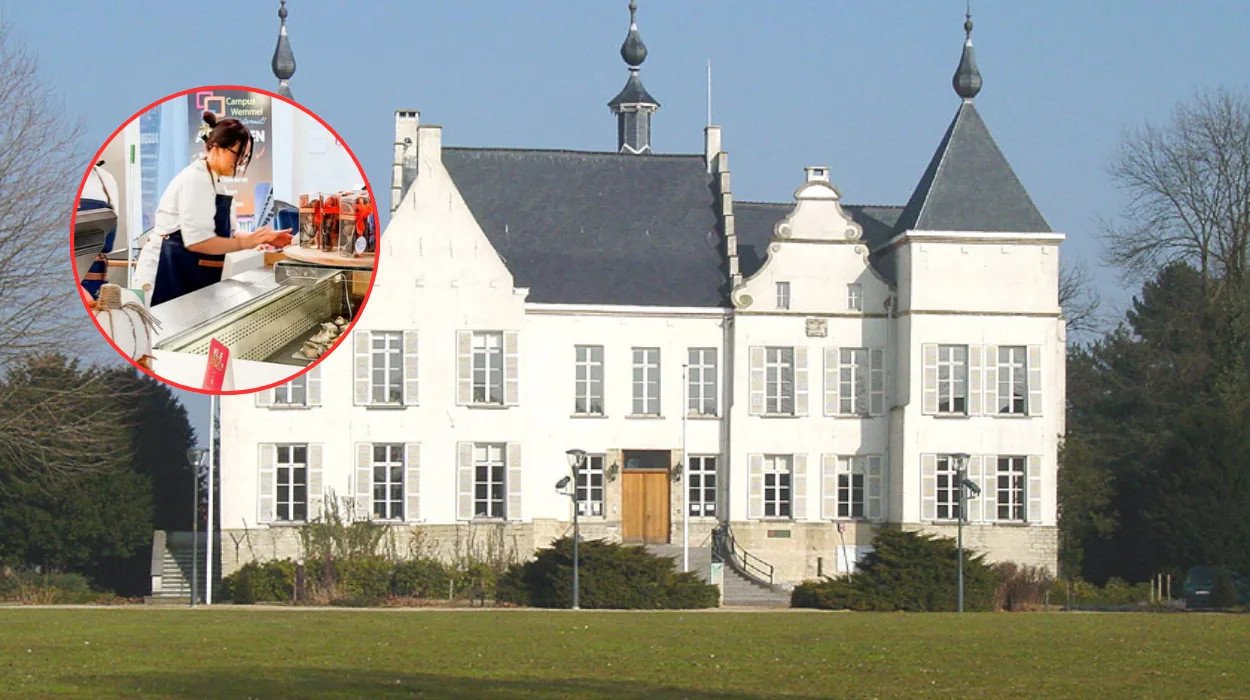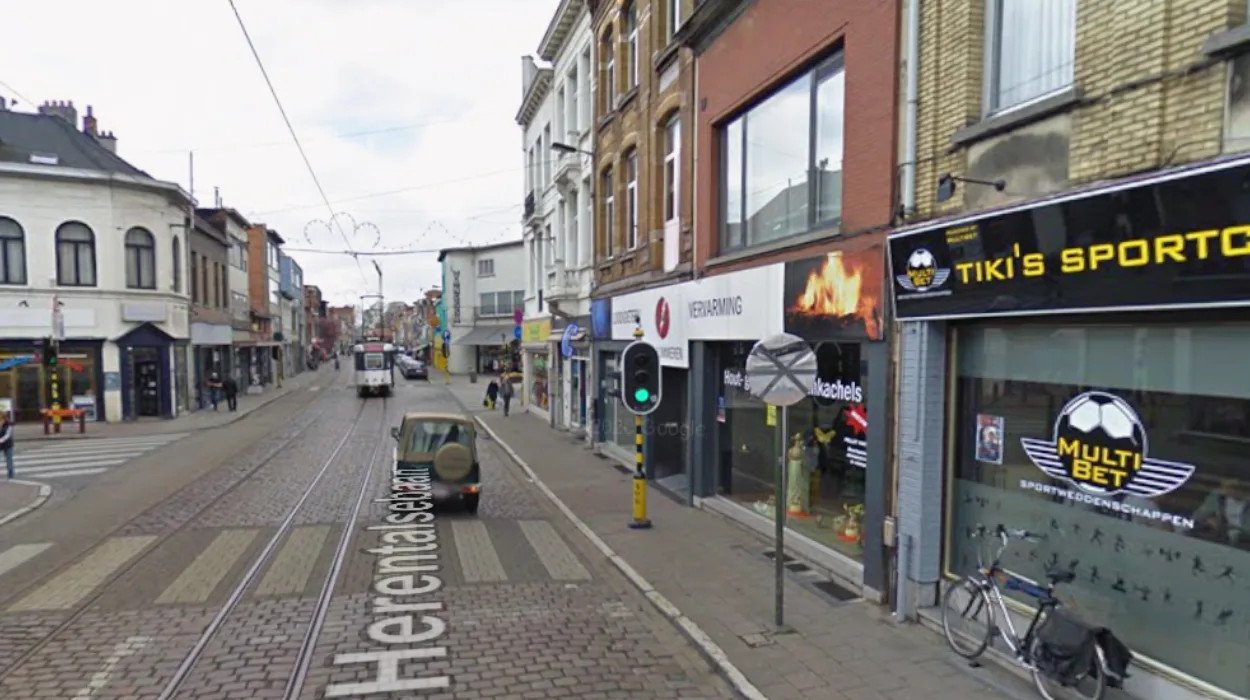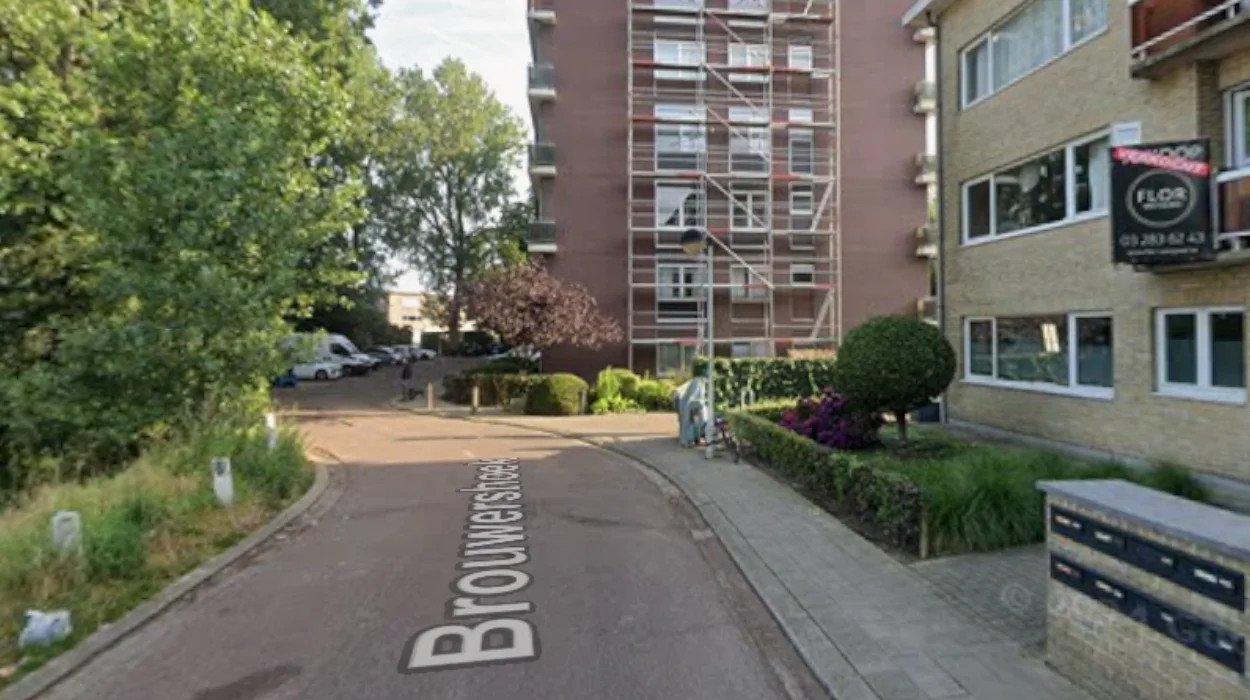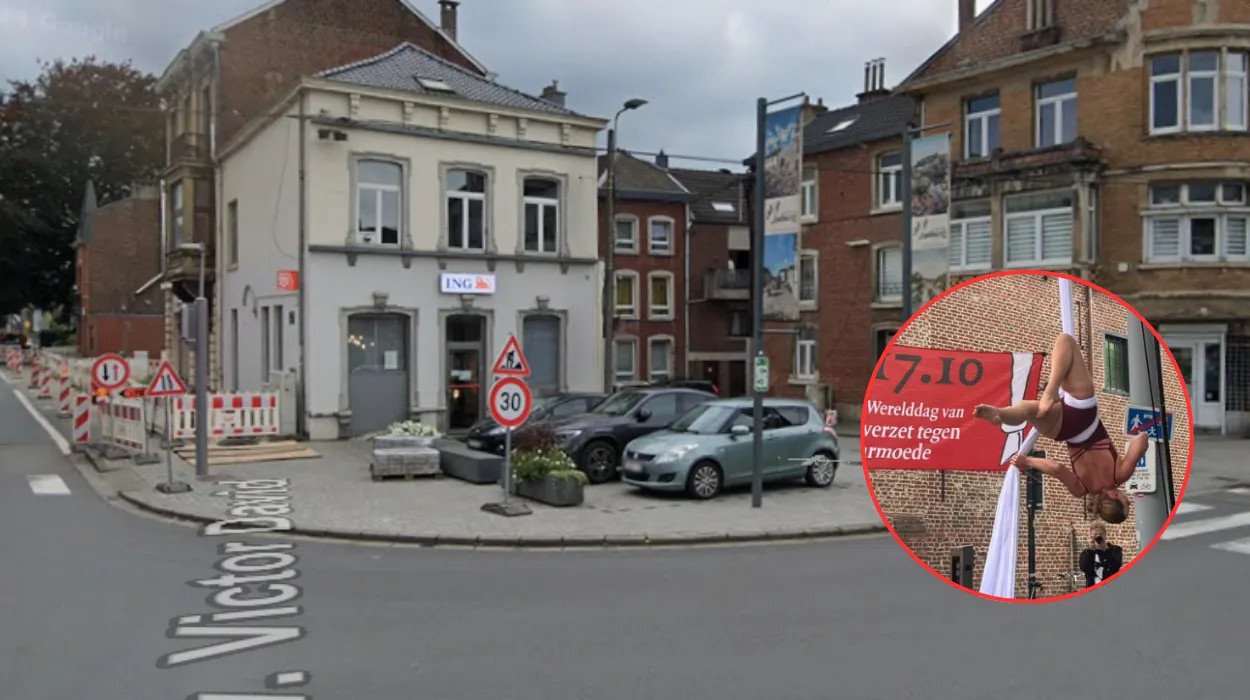Brussels – A 3rd–4th century BC Egyptian sarcophagus of Pa-di-Hor-pa-khered was returned to Egypt from Brussels’ Royal Museums after a decade of negotiation. Prosecutor Julien Moinil emphasized the moral obligation behind this return, describing it as essential to address historical injustices, reports 24brussels.
The return took place in Cinquantenaire Park, where the wooden sarcophagus was handed over in a solemn ceremony. The setting, featuring medieval tombstones, contrasted sharply with the vibrant colors of the ancient artifact, highlighting the disparity in burial customs.
The handoff was wrapped in protocols, reflecting the significant efforts taken over ten years, which included extensive research and legal processes. After the ceremony, the sarcophagus was securely packed and sent back to Egypt in a diplomatic suitcase, a practice used for the protection of important cultural items.
Who was Pa-di-Hor-pa-khered?
The sarcophagus, dating from the Ptolemaic period, is notable for its lifelike features, including a golden face and blue hair. Decorative glass elements resemble jewels, believed to assist the deceased in their afterlife journey. Officials noted that the intricate craftsmanship denotes the wealth of the individual it housed.
Furthermore, the prosecutor’s office revealed that deciphering the hieroglyphs on the sarcophagus confirmed the identity of its occupant. The spokesperson elaborated, stating that the name “Pa-di-Hor-pa-khered” translates to “He who was given by Harpocrates,” further linking the artifact to its cultural heritage.
This return not only restores a significant cultural artifact to Egypt but also represents broader efforts to rectify the historical removal of cultural treasures during colonial periods.










